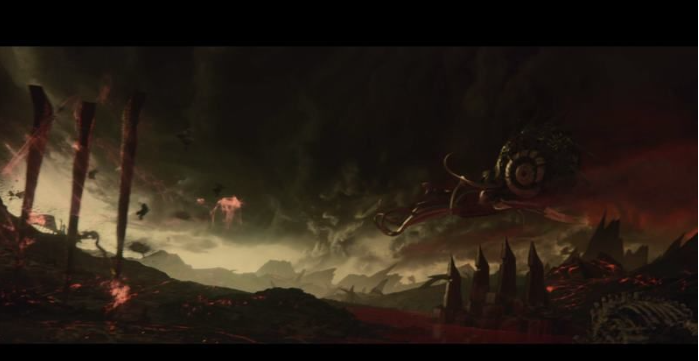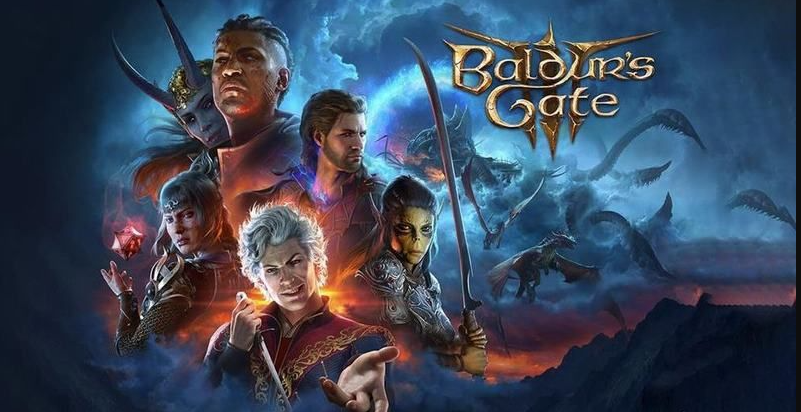Baldur ‘s Gate 3 Complete spell list, detailed explanation of spell effects for all classes. Baldur’s Gate 3 Mage spell effects, Priest spell effects, Druid spell effects, Bard spells, Paladin spells, Warlock spells, Ranger spells, Warlock spells. Baldur’s Gate 3 was created by Larian StudiosIt is a fantasy adventure RPG produced and released by , and is also the latest work in the legendary Baldur’s Gate series. As one of the earliest RPG games, Baldur’s Gate has a huge impact and milestone significance worldwide, setting a benchmark for the entire RPG game industry. More than 20 years have passed since the last game Baldur’s Gate 2. The latest sequel of this legendary series once again provides us with an epic adventure chapter in the world of Faerun. Let us join hands in a new legendary journey!
Strategy Guide
In the world of DND, spells are generally divided into three main categories: arcane (mages, warlocks, sorcerers, and bards), divine (priests, paladins), and natural magic (druids, rangers).
In the 5e rules, which are also the rules used in Baldur’s Gate 3, magic is further simplified and basically becomes based on arcane. Other professional spells are selected and added (expanded) on the arcane spell table.
Spellcasting professions such as priests and druids obtain some arcane spells through choices in different fields, and then add professional-specific divine spells and natural magic to form the spellcasting list of this profession.
This guide is based on the wizard’s arcane spell list, and provides a detailed explanation of all magic, including evaluations of the quality of magic, to facilitate players’ selection.

This section discusses spell preparation and reaction in detail.
-Prepared Spells
You can prepare spells in your spell list that you can cast, that is, choose the spells you may use next from the known spells (number = main attribute adjustment value + caster level).
For example, if you are a 3rd-level wizard, you have 4 1st-level spell slots and 2 2nd-level spell slots. If you have an Intelligence of 16, you can prepare a total of 6 (Intelligence modifier 3 + caster level 3) 1st-level or 2nd-level wizard spells from the magic list known, in any combination you want. If you prepare the 1st-level spell Magic Missile, you can choose to use a 1st-level or 2nd-level spell slot to cast it. Casting a spell does not remove it from your list of prepared spells.
Whenever you finish a long rest, you can change your list of prepared spells.
Professions such as mages, priests, and paladins need to prepare spells.
Classes such as the Warlock, Bard, Ranger, and Warlock do not need to prepare spells because their spell lists are limited and are acquired through upgrade selection.
Therefore, many spellcasting professions can gain the ability to learn magic through multi-class wizards and expand their available spell lists.
Professions that do not prepare spells must carefully select the available spells – this is also one of the core focuses of this guide, helping players make spell decisions.
-reaction
In addition to actions like opportunity attacks, spells and abilities can also react.
Reaction is equivalent to a free operation after triggering a certain situation. Generally, there is only one reaction per round. Some abilities, props, and expertise will increase the number of reactions.
Players can see the reactions they can perform in the spell book reaction list. It is recommended to check the “ask” option, otherwise the reaction will be automatic once triggered.
-reaction
In addition to actions like opportunity attacks, spells and abilities can also react.
Reaction is equivalent to a free operation after triggering a certain situation. Generally, there is only one reaction per round. Some abilities, props, and expertise will increase the number of reactions.
Players can see the reactions they can perform in the spell book reaction list. It is recommended to check the “ask” option, otherwise the reaction will be automatic once triggered.
level spell (cantrip)
(Spells provide basic damage and interactive functions, and do not consume spell slots, so they can be used at will. Although they are not very powerful magic, they have many useful functions and should not be underestimated.)
Mage’s Hand
Creates a ghostly hand that can manipulate and interact with objects.
It has good functionality during exploration and obvious control capabilities during combat (especially high-difficulty combat), and has relatively high tactical value.
The more familiar you are with the game mechanics, the more powerful the tricks.
Flame Arrow
Hurls a ball of fire that deals 1d10 fire damage.
Similar to the Freezing Ray below, it can be used to paddle and finish off enemies, and can also provide elemental effects when needed.
Freeze Ray
Summons a beam of blue-white icy light, dealing 1d8 cold damage and reducing the target’s movement speed by 3m.
Lesser Phantom
Creates an illusory mirror image that distracts nearby creatures, forcing them to investigate. You can remain hidden while casting this spell.
It can be used to gather monsters and restrain them. It is a practical trick.
Light
Infuses an object with an aura of light.
It provides basic lighting functions, simple and practical.
Electric Claw
Calls down lightning in your hand, which deals 1d8 points of lightning damage and prevents the target from reacting. This spell has advantage when used against creatures wearing metal armor.
The damage is inferior to the fire arrow, and the control is inferior to the freezing ray. Fortunately, the advantages of preventing reaction and metal armor still give it a chance to appear.
Chilled Touch
Attacks a creature with grave-like cold, causing it to take 1d8 necrotic damage. It cannot regain hit points, and undead creatures have disadvantage on attack rolls.
From here on, the available cantrips are generally more limited. Generally speaking, there are enough slots for commonly used cantrips for spellcasting/mixed spellcasting/part-time spellcasting, so you can choose the useful cantrips above according to your needs.
The following spells, Blade Protection, Make Friends and Defeat Enemies can also be selected according to the situation.
Poison gas splash
Emits a puff of poisonous gas that deals 1d12 poison damage.
Acid splash
Sprays acid foam, dealing 1d6 points of acid damage to each creature hit.
Blade Protection
Gain resistance to bludgeoning, piercing, and slashing damage from weapon attacks.
Friendship skills
Charms a nonhostile creature, granting advantage on Charisma checks against that creature. After the spell ends, the creature is aware that it was charmed and may accuse the caster.
Dancing Lights
Creates wisps of light that illuminate a 36-foot radius.
Preemptive strike
Divining a creature’s weaknesses gives you advantage on attack rolls against it.
